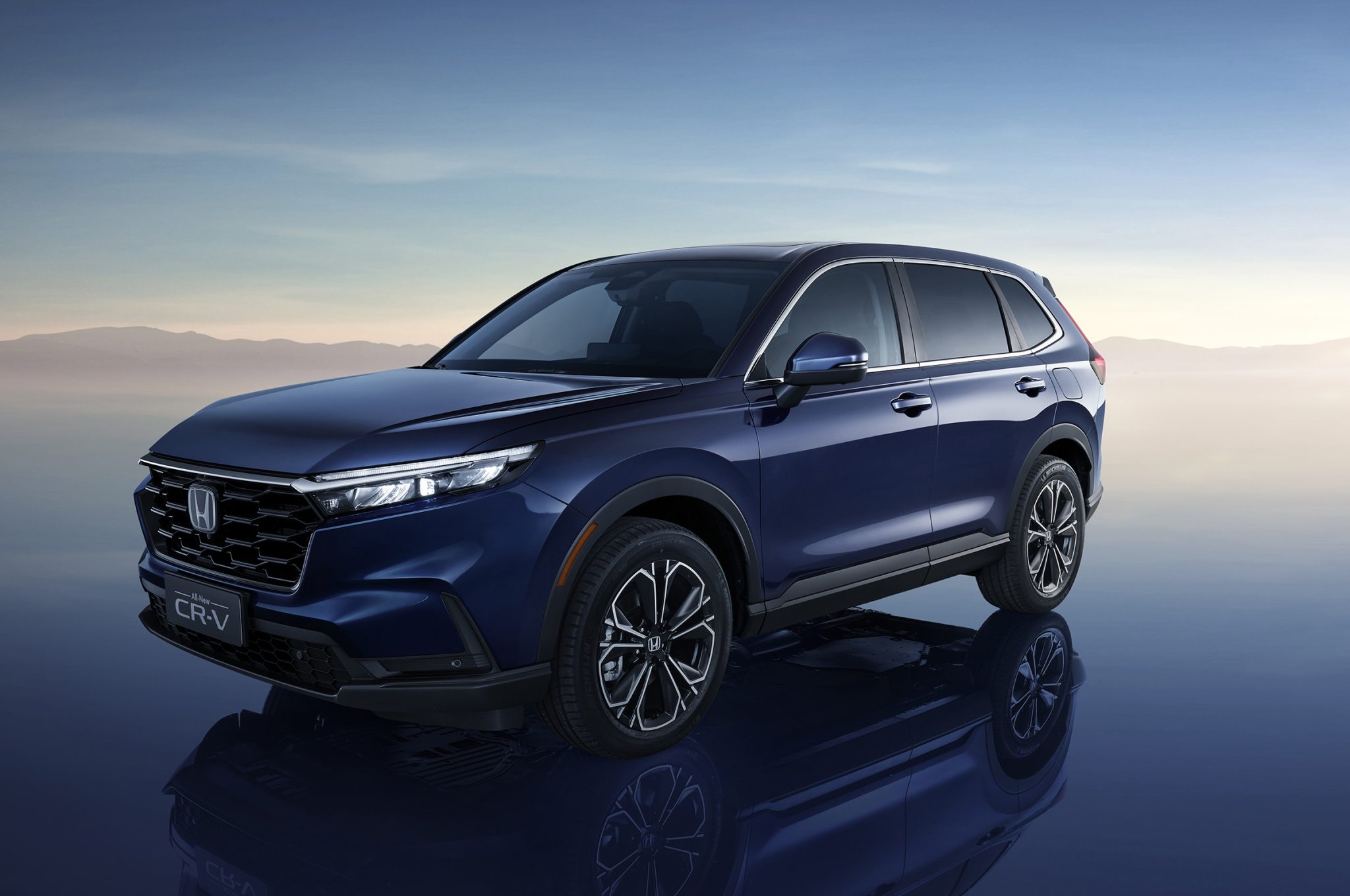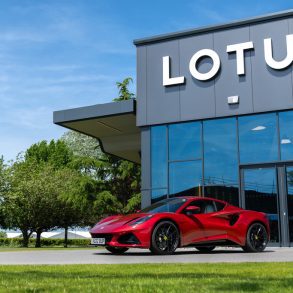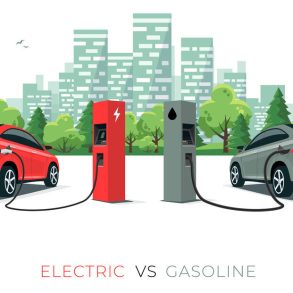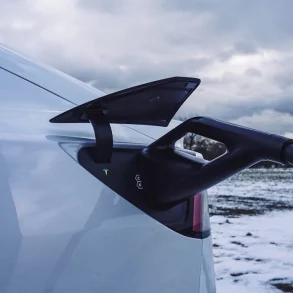Honda Motor Company Sales Data, Trends & Analysis for the European Automotive Market
Honda Motor Company, Ltd. (本田技研工業株式会社, Honda Giken Kōgyō Kabushiki gaisha) is a Japanese public multinational conglomerate corporation primarily known as a manufacturer of automobiles, motorcycles, and power equipment. Honda has been the world’s largest motorcycle manufacturer since 1959, as well as the world’s largest manufacturer of internal combustion engines measured by volume, producing more than 14 million internal combustion engines each year. Honda became the second-largest Japanese automobile manufacturer in 2001. Honda was the eighth largest automobile manufacturer in the world in 2015.
Honda Motor Company European Sales Figures & Recent Highlights
Honda Motor Co. began selling cars in Europe in the 1960s. Their initial foray into Europe started with motorcycles, but they soon expanded to automobiles, establishing Honda’s presence as a global brand. While Honda has had notable successes in Europe, especially with certain models, the brand’s overall footprint is smaller compared to some other regions. The company continues to adapt its strategy for Europe, focusing on electrification and specific models that align with European consumer preferences and regulatory demands.
In 2022, Honda sold over 84,000 cars in Europe, accounting for over 0.5% of the total European car market. Honda is the 15th-largest automaker in the European market. Honda’s other brands have also performed well in Europe. Acura, Honda’s luxury brand, sold over 6,000 cars in Europe in 2022. Overall, Honda Motor Company has performed reasonably well in Europe in recent years, but its market share has been declining in recent years due to increasing competition from local automakers and the rising cost of raw materials.
Some recent Honda Motor Company highlights
- Honda: The brand’s entry into the European market was marked by small models, including the likes of the Honda N360. As the years went by, Honda introduced a broader range of vehicles suited for European tastes and roads. Notably, the Civic, Accord, and CR-V became popular choices in various European countries. The Honda Jazz (known as the Fit in some other markets) also gained traction in certain parts of Europe due to its compact size and versatility, ideal for many urban areas.
- Manufacturing Presence: Recognizing the importance of the European market, Honda established manufacturing operations in the UK in the early 1990s. The plant in Swindon produced various models over the years, including the Civic, for both the domestic and export markets. However, in early 2019, Honda announced the closure of this plant by 2021 as part of its global restructuring efforts and in response to the evolving auto industry landscape.
- Electrification and Recent Models: Europe’s stringent emission regulations and the shift towards sustainable mobility have influenced Honda’s strategy in the region. Honda has launched vehicles like the Honda e, a fully electric city car, to cater to the rising demand for electric vehicles (EVs) in European cities.
- Challenges and Recent Performance: The European market has been challenging for many non-European automakers, including Honda. Intense competition, regulatory pressures, and changing consumer preferences have played roles. Up to 2022, Honda’s market share in Europe was modest compared to its presence in North America and Asia. The decision to close the Swindon plant was a significant development, underscoring some of the challenges the brand faced in the region.
Honda Motor Company Annual Sales, Growth & Market Share in Europe
Below we have a table that shows total Honda Motor Company sales volumes for the European automotive market, broken out by year. This data captures all Honda Motor Company sales for the entire European automotive market, including sub-brands.
| Year | Sales | YOY Change | Marketshare | Marketshare Change |
|---|---|---|---|---|
| 1997 | 200,319 | 0.00 | 2.42 | 0.00 |
| 1998 | 201,033 | 0.36 | 2.12 | -14.19 |
| 1999 | 172,161 | -14.36 | 1.52 | -39.72 |
| 2000 | 147,661 | -14.23 | 1.26 | -20.46 |
| 2001 | 139,508 | -5.52 | 1.12 | -12.31 |
| 2002 | 173,190 | 24.14 | 1.38 | 18.87 |
| 2003 | 188,828 | 9.03 | 1.50 | 7.88 |
| 2004 | 260,231 | 37.81 | 1.87 | 19.45 |
| 2005 | 274,539 | 5.50 | 1.97 | 5.26 |
| 2006 | 275,000 | 0.17 | 1.99 | 1.26 |
| 2007 | 308,709 | 12.26 | 2.23 | 10.71 |
| 2008 | 261,753 | -15.21 | 2.03 | -9.96 |
| 2009 | 256,874 | -1.86 | 1.95 | -4.12 |
| 2010 | 199,416 | -22.37 | 1.58 | -23.76 |
| 2011 | 163,043 | -18.24 | 1.30 | -21.68 |
| 2012 | 140,496 | -13.83 | 1.24 | -4.56 |
| 2013 | 139,592 | -0.64 | 1.23 | -0.61 |
| 2014 | 133,198 | -4.58 | 1.11 | -11.43 |
| 2015 | 123,106 | -7.58 | 0.95 | -15.77 |
| 2016 | 125,810 | 2.20 | 0.91 | -5.09 |
| 2017 | 110,941 | -11.82 | 0.76 | -18.83 |
| 2018 | 109,792 | -1.04 | 0.77 | 0.25 |
| 2019 | 101,185 | -7.84 | 0.69 | -11.71 |
| 2020 | 62,711 | -38.02 | 0.56 | -22.70 |
| 2021 | 62,235 | -0.76 | 0.56 | 0.50 |
| 2022 | 65,947 | 5.96 | 0.64 | 12.42 |
Honda Motor Company Europe Annual Sales Units & Growth Chart
Below is a visual representation of Honda Motor Company ‘s Europe sales units over time. We have both the Honda Motor Company sales units and the growth in the European market. Click on the items in the legend to see each series by itself.
Honda Motor Company Europe Growth Rate & Market Share Chart
Below is the annual growth rate for the Honda Motor Company in Europe, shown against the Honda Motor Company ‘s marketshare changes in Europe. This gives you a good look into how the Honda Motor Company has faired against the other brands in terms of absolute sales and effect on marketshare. Click on the items in the legend to see each series by itself.









